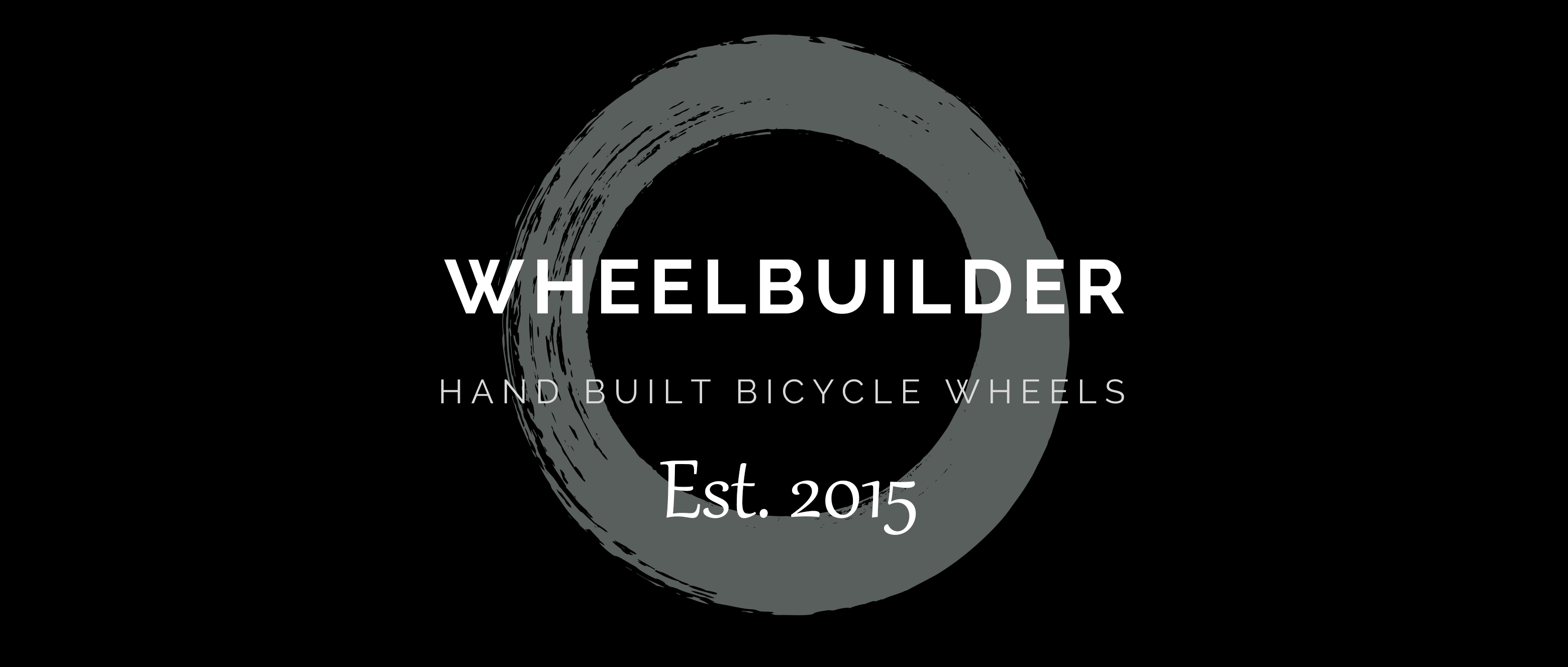In this article I’ll bust some myths you may believe about bicycle wheels.
Myth 1: You can convert any wheels to “tubeless”
 Well you can try. A Google or YouTube search for “ghetto tubeless” will offer up plenty of entertaining vlogs and videos of guys using small inner tubes to seal their bicycle rims and getting their tyres inflated “tubeless”. It’s unfortunately not as simple as that. If your rims and tyres aren’t designed to be “tubeless-ready” you’ll struggle. If your tyre deflates due to a puncture or sidewall cut, or over time in your garage, it will come away from the rim and you’ll no longer have a seal – and re-inflating with a normal pump will be nigh impossible. This = headache. Use tubeless-ready rims and tyres and your life will be beautiful. No (actually, just much less) punctures and an effortless inflation experience.
Well you can try. A Google or YouTube search for “ghetto tubeless” will offer up plenty of entertaining vlogs and videos of guys using small inner tubes to seal their bicycle rims and getting their tyres inflated “tubeless”. It’s unfortunately not as simple as that. If your rims and tyres aren’t designed to be “tubeless-ready” you’ll struggle. If your tyre deflates due to a puncture or sidewall cut, or over time in your garage, it will come away from the rim and you’ll no longer have a seal – and re-inflating with a normal pump will be nigh impossible. This = headache. Use tubeless-ready rims and tyres and your life will be beautiful. No (actually, just much less) punctures and an effortless inflation experience.
Myth 2: I can run wider tyres on my stock rims.
 Technically you’re able to, but at a compromise. I too tried to run a 29×2.35″ tyre on a 19mm inner-width rim. I wouldn’t recommend it. The cross-section of a wide tyre on a narrow rim looks like a light bulb, and causes the tyre to “roll” laterally under cornering – in extreme cases the tyre will even roll right off the rim. Not an experience I’d wish on anyone at over 10km/h. Wider rims spread the tyre beads apart, providing a much more stable tyre and a less squirmy cornering experience, not to mention the ability to run lower pressures which improve grip and riding comfort, while decreasing rolling resistance.
Technically you’re able to, but at a compromise. I too tried to run a 29×2.35″ tyre on a 19mm inner-width rim. I wouldn’t recommend it. The cross-section of a wide tyre on a narrow rim looks like a light bulb, and causes the tyre to “roll” laterally under cornering – in extreme cases the tyre will even roll right off the rim. Not an experience I’d wish on anyone at over 10km/h. Wider rims spread the tyre beads apart, providing a much more stable tyre and a less squirmy cornering experience, not to mention the ability to run lower pressures which improve grip and riding comfort, while decreasing rolling resistance.
Myth 3: Increasing tyre pressure decreases rolling resistance.
 Ok, this is going to get a bit scientific – bear with me. I’m going to equate rolling resistance with the ability to maintain speed, or keep momentum. If your tyre is pumped hard, it will not deform over and around bumps and other obstacles on the trail. The tyre, and hence the whole bike (and rider) will move up and over the bump. In doing so, the bike and rider will travel further than necessary. Conversely, if the tyres are softer, they’ll deform and mold around bumps and obstacles, allowing the bike and rider to move in a straight line as the tyre absorbs the bumps – essentially travelling less distance than a bike with hard tyres, maintaining speed and momentum. Got it? Good.
Ok, this is going to get a bit scientific – bear with me. I’m going to equate rolling resistance with the ability to maintain speed, or keep momentum. If your tyre is pumped hard, it will not deform over and around bumps and other obstacles on the trail. The tyre, and hence the whole bike (and rider) will move up and over the bump. In doing so, the bike and rider will travel further than necessary. Conversely, if the tyres are softer, they’ll deform and mold around bumps and obstacles, allowing the bike and rider to move in a straight line as the tyre absorbs the bumps – essentially travelling less distance than a bike with hard tyres, maintaining speed and momentum. Got it? Good.


No responses yet